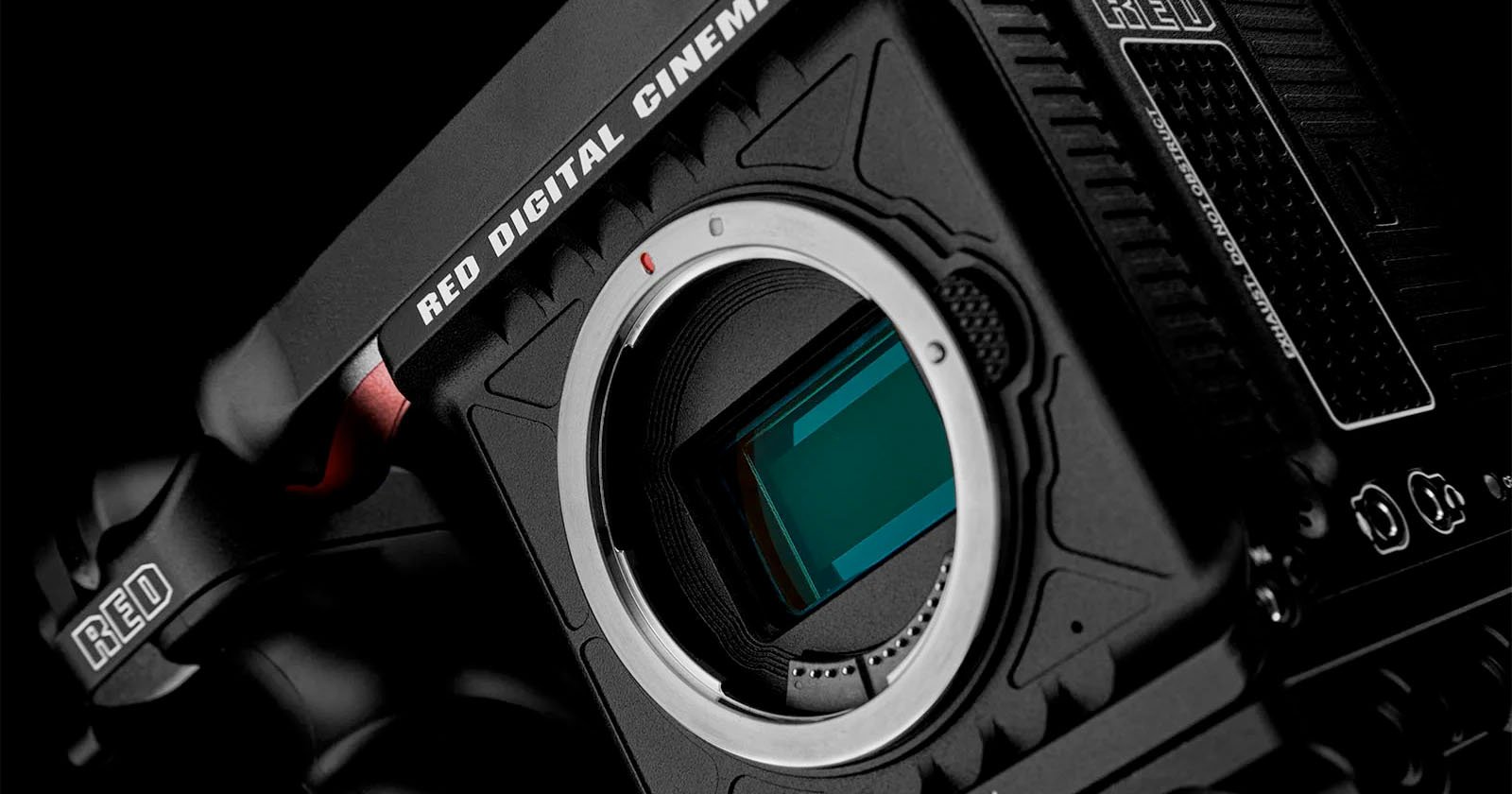
RED Yesterday, PetaPixel broke the news that Nikon paid what appears to be a pittance for RED Cinema: just $85 million. Looking at the industry’s past acquisitions, we can better contextualize this number. For starters, camera companies don’t buy other camera companies very often, which is why it was such a surprise to hear that Nikon had purchased RED to begin with. The first one that stood out was Sony’s acquisition of Konica Minolta in 2006. However, that sentence alone is a bit misleading, as Sony didn’t outright buy Konica Minolta or even acquire one whole division. Rather, it picked and chose parts that it swapped in exchange for shares and other compensation. Additionally, Sony famously obfuscates its financials, further complicating things. As a side note, apparently Konica Minolta didn’t want to exit the photo industry but was instead looking to partner with Sony. Sony refused this arrangement and said it would either take the assets or leave Konica Minolta to its own devices. It caved, sold assets to Sony, and then exited the photography business in September 2006. But from FY2006 to FY2007, Konica Minolta reported a loss of 29.9 billion yen ($192 million) in its imaging business operations, “as a result of the process of shrinking and exiting this business.” Additionally, “during the interim period, we reported a decline in sales of ¥29.9 billion accompanying the full termination of this business.” It’s not really possible to conclude much from that, but it does provide a sense of what the revenue for Konica Minolta’s imaging business was right before it was sold, but the division was clearly not healthy. As for Konica Minolta, Sony never had a press release about the purchase of certain assets, and Konica Minolta just published a couple of public statements with no financials included.
In summary, it’s hard to say if Sony paid less or more for the assets of Konica Minolta than Nikon paid for RED. RED So that isn’t very helpful, but a more recent acquisition is far more telling: Japan Industrial Partners’ (JIP) acquisition of the Olympus imaging division, now known as OM System. OM System was created and the transfer of shares finalized in 2021 and in none of the publicly-facing documentation that came as part of the showed the actual value that JIP paid. However, in the financial documents published by Olympus later that financial year, the company states the cost of its “divestiture of the imaging business” as 44.7 billion yen, or about $286.9 million (in today’s exchange rate; it would have been higher in 2021). While it is not a one-to-one comparison since we aren’t sure if that’s what JIP ended up paying, it is far more telling than what we got out of Sony’s purchase of Konica Minolta since it puts a price on the divestiture, not just decreased sales. It has been argued that perhaps RED was not doing well, leading to the very low sales price and if that’s the case, the comparison to OM System still holds, as Olympus divested from cameras specifically because it said its imaging business wasn’t healthy. Even if you were to argue that lenses are half of OM System’s business (which is likely a high estimate), its camera division alone would have then been worth $143.5 million — still a lot more than what Nikon paid for RED. Here are some other numbers worth considering: Sony bought an AMD chip plant in 1990 for $55 million. It bought another chip plant, Renesas, in 2014 for $72 million. Sony also bought Toshiba’s image sensor business in 2015 for $155 million and bought Altair Semiconductor in 2016 for $212 million. Adding to its infinity gauntlet of businesses, Sony also bought a Toshiba image sensor chip plant in 2011 for $648 million. Sony also bought an 11.46% stake in Olympus in 2012 for $600 million, although it no longer owns those shares. 500px sold in 2018 for $17 million. Adobe tried to buy Figma for $20 billion, but that failed — but not because Adobe wouldn’t have paid it. So No, It’s Not Very Much If it doesn’t sound like RED Cinema sold for much, that’s because it did not — at least not compared to what we know about the value of similar businesses. So why was it so low?
We don’t know what kind of debt Nikon absorbed with its acquisition of RED and if there is a lot, that could have been a major reason why RED didn’t ask for much cash up front. It’s possible that RED’s business was extremely unhealthy and it was desperate to find a buyer and took the only offer on the table. It’s also possible that RED was financially fine, but was looking for a partner, found one in Nikon, and decided to take a low offer so that there would be enough cash to support future growth of the brand under combined ownership. From left to right: Tommy Rios, RED Co-CEO; Sean McHugh, RED Co-COO; Keiji Oishi, RED CEO; Hiroyuki Ikegami, Executive VP and General Manager, Nikon Imaging Business Unit; Jeff Goodman, RED VP, Product Management Many of RED’s executives have kept leadership roles, so that would affect purchase price — albeit probably not by much. But Nikon seemingly did buy everything and everyone which can keep a purchase price down or boost it up, depending on whether RED was profitable or not — which we don’t know. Whatever the case, Nikon is extremely excited about its new asset — that much was clear from the in-person interviews I had with them last month. They’re fired up and we can be certain to see the fruits of this partnership start to ripen within the next few years.






